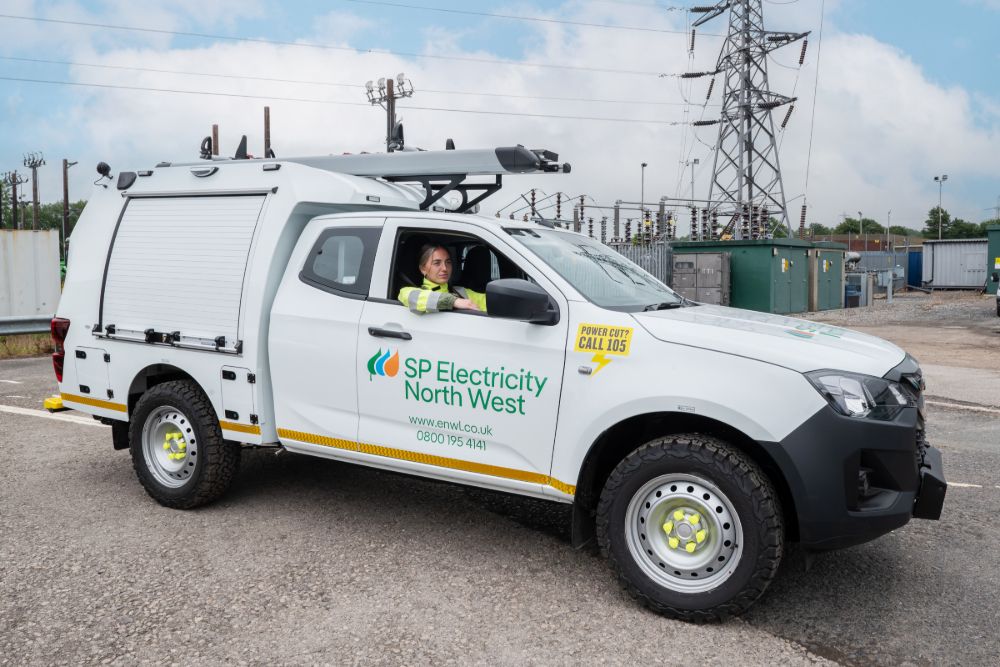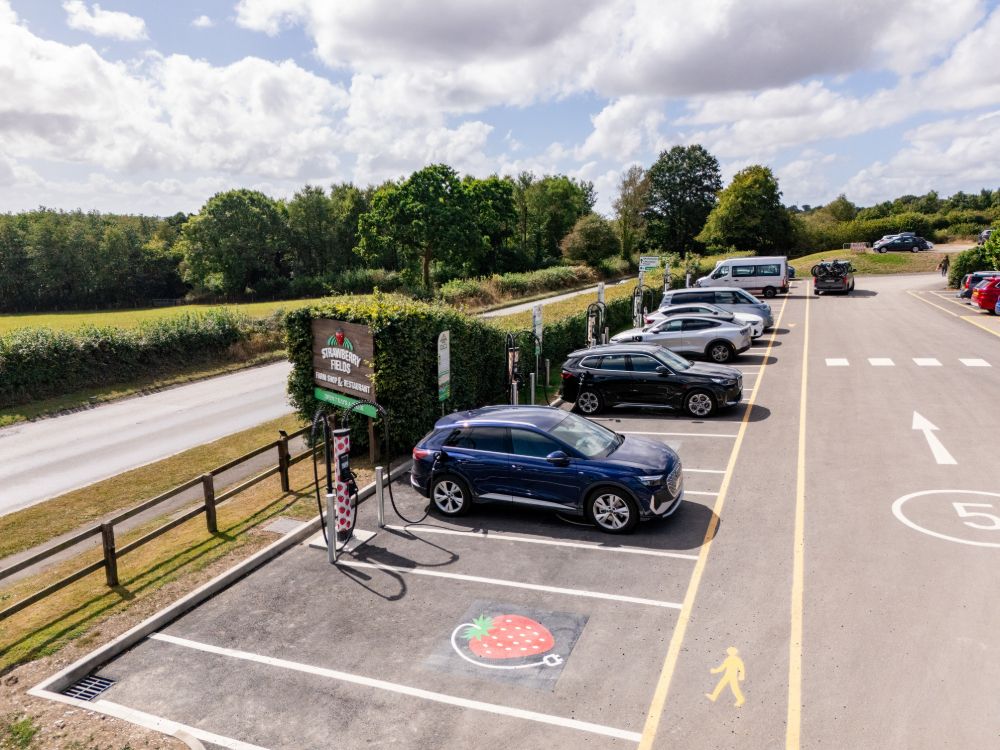Transport + Energy talks to Joe Gorman, Vice President – Europe (Interim) at ChargePoint, who explains how to scale up charging infrastructure.
With the UK racing toward its 2030 deadline to ban the sale of new petrol and diesel cars, the pressure to scale EV charging infrastructure has never been greater. The government has set an ambitious goal of 300,000 public charging points by 2030, but uneven distribution and slow progress risk leaving parts of the country behind.
This disparity creates significant barriers to EV adoption, particularly outside urban areas and for residents without access to off-road parking. Therefore, tackling this imbalance requires scaling infrastructure that prioritises affordability, flexibility and accessibility across all regions.
Current state and progress of EV infrastructure
Without charging infrastructure, there is no e-mobility. It really is that simple. Charging is a requirement for transitioning to sustainable electric transport. Department for Transport (DfT) figures show that as of 1st January 2025 there were 73,334 public EV chargers in the UK, up from 53,677 a year earlier. This data highlights a positive step towards wider EV adoption in the country. Yet, with a growing EV driving population in the UK, there is still work to be done. Boosting public and private charging deployment should be a priority, with the current government taking significant financial and regulatory measures to create a favourable environment for the sector’s growth.
For example, the UK Government launched a consultation in December 2024 to seek views from the UK automotive and charging industries on how to deliver on its manifesto commitment to make the transition to zero emissions vehicles a success. Additionally, during last year’s Autumn Budget, the Government announced an investment of over £200 million to further accelerate the rollout of electric vehicle charging infrastructure, including funding to support local authorities to install public on-street charge points across England. These steps are crucial for addressing the regional disparity effectively and ensuring the UK remains competitive in EV infrastructure development.
While tackling the issues of the regional divide is important, addressing the specific needs of residents – particularly those without access to off-road parking – will also be crucial in ensuring equitable EV adoption across the UK.
Affordable and flexible EV charging solutions for residents
Approximately 44% of UK homes are unsuitable for EV charging due to lack of off-road parking.
This includes flats in multi-storey buildings or above commercial premises, often present in cities like London and Manchester. The lack of spaces to charge at home, in tandem with expensive public charging rates, is creating a barrier to EV adoption.
For many EV drivers, particularly those without driveways, the lack of off-road residential parking highlights the urgent need for more charging infrastructure in accessible locations. Public spaces like roadsides and semi-public areas such as residential buildings can help fill this gap, ensuring all drivers have the ability to charge when and where it’s most convenient. As vehicles are often parked for extended periods, charging solutions in these locations make sense both for drivers and businesses, offering a practical way to support EV adoption while ensuring easy access to charging.
Additionally, installing chargers in the workplace can address the rising demand for sustainable employee benefits, such as electric company cars. With the UK government maintaining lower tax rates on EVs, more businesses may adopt EV incentives, meaning that more businesses may consider providing EVs as company cars.
Building a robust and sustainable EV charging network is not just about meeting the 2030 targets – it’s about ensuring that everyone, regardless of where they live or their housing situation, can confidently make the switch to electric vehicles. By taking decisive action today, the UK has the opportunity to not only accelerate EV adoption but also set a global example for how to transition toward a cleaner, greener transport system that benefits everyone.
Image of Joe Gorman courtesy of ChargePoint








